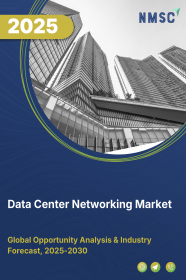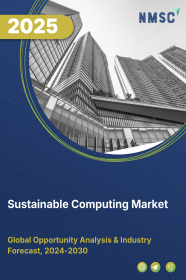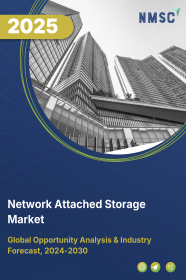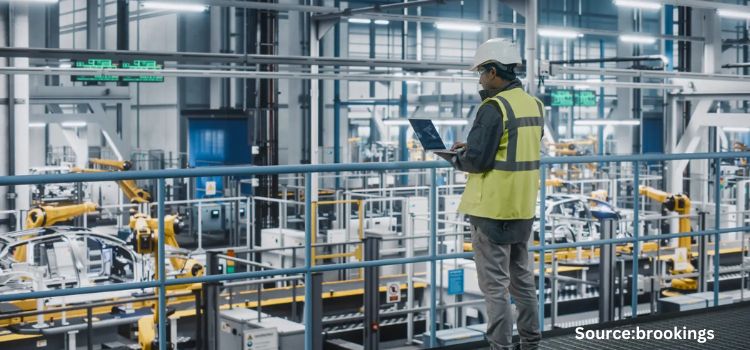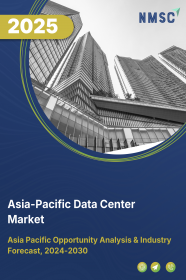
APAC Data Center Market by Infrastructure(Hardware, Software, Services), by Type(Enterprise Data Centers, and others), by Data Center Rating(Tier I, and others), by Size(Small Data Centers, and others), by Server Rack Density(<10kW, and others), by Data Center Redundancy(N+1, and others), by PUE Outlook(Less than 1.2, and others), by Design Outlook(Traditional, and others), by End User(Cloud Service Provider and others)– Opportunity Analysis and Industry Forecast, 2024–2030
Industry: ICT & Media | Publish Date: 03-Jul-2025 | No of Pages: 290 | No. of Tables: 279 | No. of Figures: 204 | Format: PDF | Report Code : IC2435
Asia-Pacific Data Center Market Overview
The Asia-Pacific Data Center Market size was valued at USD 31.89 billion in 2023, and is predicted to reach USD 77.29 billion by 2030, at a CAGR of 13.5% from 2024 to 2030.
The data center also known as network infrastructure market encompasses the planning, construction, operation, and upkeep of infrastructure dedicated to housing computing systems. It encompasses various components such as servers, storage systems, and networking gear, and provides services such as cloud computing and connectivity solutions. Currently, the industry is experiencing widespread adoption of cloud services, alongside the rise of edge computing to minimize latency.
Key trends include an emphasis on sustainability, increased cybersecurity concerns, the integration of hybrid and multi-cloud approaches, and the influence of 5G networks. These trends underscore the industry's response to the growing demand for scalable, efficient, and secure data processing and storage solutions in the era of digital transformation. According to the United States International Trade Commission, the data processing and storage market is projected to expand from USD 56 billion in 2020 to USD 90 billion by 2025.
Accelerating Digital Economy And Ai-first Transformation Fuel Market Growth
The Asia-Pacific region is witnessing a new phase of digital acceleration driven by nationwide initiatives aimed at building resilient, AI-ready digital economies. Governments across APAC—including Singapore’s Smart Nation push, Japan’s Society 5.0 strategy, and India’s Digital India programme—are actively fostering environments that support advanced workloads such as generative AI, high-performance computing, and real-time analytics. This shift is compelling enterprises to modernize infrastructure and increase reliance on scalable, secure, and sustainable data centers. Moreover, as industries across finance, manufacturing, logistics, and healthcare adopt automation and cloud-native operations, there is a sharp rise in data localization and processing needs. In response, regional cloud nodes, AI-focused colocation centers, and edge deployments are expanding rapidly to handle surging compute density and low-latency requirements. The convergence of 5G, IoT, and intelligent automation is reinforcing this digital transformation, creating robust demand for next-generation data center ecosystems capable of supporting AI-centric applications.
Strategic Government Policies And Cross-border Infrastructure Investments Expand Market Scale
Government-backed infrastructure initiatives, renewable energy targets, and national digitalization strategies are key enablers of data center expansion in APAC. Countries such as Malaysia, Indonesia, India, and Taiwan have introduced incentive frameworks involving land facilitation, tax concessions, and grid infrastructure support for hyperscale and colocation developments. For example, Malaysia’s New Industrial Master Plan (NIMP 2030) designates data centers as a strategic digital sector, while India’s Data Centre Policy 2020 promotes fiscal benefits for greenfield projects and renewable-powered facilities. These efforts have catalyzed record levels of capital deployment by global hyperscalers, telecom operators, and sovereign-backed infrastructure funds, leading to large-scale campus developments and new interconnection routes across the region. In parallel, initiatives such as Australia’s National Digital Economy Strategy and Japan’s Digital Garden City concept are encouraging the integration of AI-optimized and low-carbon data centers into broader economic planning, ensuring that digital infrastructure development remains aligned with national competitiveness and sustainability goals.
High Infrastructure Costs And Site Access Limit Deployment Scale
The expansion of the APAC data center market is constrained by the high capital investment required for land, power, cooling systems, and resilient connectivity. In several Tier I cities such as Singapore, Tokyo, Sydney, and Hong Kong, the scarcity of developable land and rising real estate costs have limited new builds, forcing developers to explore emerging secondary hubs or invest in vertical infrastructure. Additionally, access to stable and scalable power remains a bottleneck in fast-growing markets like Indonesia and India, where grid infrastructure often lags behind digital growth needs. This challenge is compounded by long approval cycles, limited availability of industrial-zoned parcels, and the high upfront cost of meeting modern energy and water efficiency requirements. As a result, the cost of entry remains prohibitive for many small and mid-sized firms, restricting market participation and slowing the pace of decentralized infrastructure deployment.
Edge Computing, 5g Integration, And Urban Decompression Create New Growth Nodes
The rapid deployment of 5G networks and the growing adoption of real-time digital services are driving a shift toward decentralized, low-latency infrastructure across the region. National rollouts in countries such as South Korea, Australia, and Thailand are enabling the proliferation of edge computing use cases across mobility, smart infrastructure, and industrial automation. Government-backed urban renewal programs and smart city missions are further encouraging distributed data center placement closer to user endpoints, supporting applications like connected transport, AR/VR environments, and AI-enabled surveillance. This transition is creating investment opportunities in smaller cities and peri-urban zones previously overlooked by traditional hyperscale strategies. As mobile edge computing and network function virtualization gain momentum, telcos and data center firms are increasingly partnering to integrate modular data center nodes directly into 5G networks, thereby reducing latency, easing bandwidth burdens, and unlocking new use cases tied to real-time data processing and analytics.
Emerging Digital Hubs And Green Infrastructure Innovation Enhance Market Diversification
The emergence of new data center corridors—such as Johor in Malaysia, Navi Mumbai in India, Batam in Indonesia, and Taoyuan in Taiwan—is offering operators attractive alternatives to saturated Tier I markets. These regions benefit from proactive government support, relatively lower land costs, and expanding renewable power capacity. Green data infrastructure innovation is also gaining traction, with pilot projects exploring advanced cooling solutions, hydrogen backup systems, and solar-powered microgrids. National energy agencies and infrastructure ministries in countries like Japan and Australia are actively promoting data centers as part of broader clean energy transition efforts, encouraging the adoption of power purchase agreements (PPAs), grid interconnection for renewables, and compliance with carbon neutrality targets. As these initiatives mature, they offer data center operators not only compliance readiness but also competitive differentiation through sustainability-aligned operations and participation in national climate and technology programs.
China Holds the Dominant Market Share in Asia-Pacific Data Center Market
China holds the dominant position in the global network infrastructure landscape, boasting a staggering 440 operational facilities spread throughout the nation, according to CloudScene's data. This expansion parallels the remarkable growth of China's digital economy, that surged to 41.5% of the GDP, amounting to around 7.25 trillion US dollars in 2022.
This surge underscores China's commitment to modernization, a commitment vividly demonstrated at the 6th Digital China Summit. As the digital realm continues to flourish, it is poised to exert a profound influence on China's data center industry, showcasing the nation's steadfast dedication to digital advancement.
Furthermore, China's data center sector is witnessing a wave of innovation, fueling market demand. Notably, China achieved a significant milestone with the establishment of the world's inaugural submerged commercial network infrastructure off the coast of Hainan Island. Spearheaded by collaboration between Highlander, a private network infrastructure entity, and China Offshore Oil Engineering Co. (COOEC), this project harnesses underwater cooling technology for enhanced energy efficiency.
However, amidst these advancements, environmental considerations loom large. Furthermore, Guizhou province is swiftly emerging as a powerhouse in the Asia-Pacific data center market growth within China, setting ambitious targets of 800,000 racks and 4 million servers by 2025. With 18 operational network infrastructures, including industry giants such as Huawei and Tencent, Guizhou is primed to ascend as a premier global data hub.
Singapore to Witness Substantial Growth in the Asia-Pacific Data Center Market
Singapore's strategic positioning renders it a pivotal nexus for data center market, bridging the realms of the East and West seamlessly. Within the APAC network infrastructure landscape, Singapore holds the 6th position, boasting a network of 99 network infrastructure spread nationwide. Notably, industry leaders such as Digital Realty embarked on ground-breaking initiatives within Singapore, exemplified by their innovative cooling tower project.
This initiative not only establishes a new benchmark for water conservation and operational efficiency in the local network infrastructure sphere but also resonates with global sustainability imperatives. Its pioneering nature similar endeavors industry-wide, underscoring the escalating significance of environmental concerns in the Asia-Pacific data center market trends.
Furthermore, Singapore's Infocomm Media Development Authority (IMDA) introduced a sustainability framework tailored for data centers situated in tropical climates, advocating for operational temperatures exceeding 26 degrees Celsius to enhance energy efficiency. Preliminary trials conducted in collaboration with operators such as Digital Realty yielded promising results, showcasing a notable 2-3% reduction in energy consumption.
Concurrently, GovTech is spearheading experimentation with elevated temperatures within a governmental network infrastructure, while concerted efforts with the Building and Construction Authority (BCA) aim to revamp the Green Mark certification scheme, fostering broader adoption of sustainable operational practices within the industry.
Competitive Landscape
The key players operating in the Asia-Pacific data center industry include Amazon Web Services (AWS), IBM Corporation, Microsoft Corporation, Oracle Corporation, NTT Communications Corporation], Equinix Inc., Digital Realty, AirTrunk, NEXTDC, ST Telemedia Global Data Centres (STT GDC), GDS Holdings, Keppel Data Centres, Chindata Group, Bridge Data Centres, SAP SE, Alibaba Group Holding Limited, Princeton Digital Group (PDG), Alphabet Inc., Singtel, Rackspace Technology Inc. and others.
Asia-Pacific Data Center Market Key Segments
By Infrastructure
-
Hardware
-
IT Hardware
-
Servers
-
Storage Systems
-
Networking Equipment
-
-
Power Infrastructure Hardware
-
Uninterruptible Power Supplies (UPS)
-
Generators
-
Automatic Transfer Switches
-
Power Distribution Units (PDUs)
-
-
Mechanical Infrastructure Hardware
-
Computer-Room Air Conditioners (CRAC/CRA Units)
-
Chillers
-
Racks
-
Cable Management Systems
-
-
Safety & Security Hardware
-
Fire Suppression Systems
-
Physical Security Systems (CCTV, access controls)
-
-
-
Software
-
DCIM & Monitoring
-
Automation & Orchestration
-
Backup & Disaster Recovery
-
Security Software
-
Virtualization Software
-
Analytics & Reporting Software
-
Other Software
-
-
Services
-
Planning & Professional Services
-
Site & Building Design
-
System/Infrastructure Engineering
-
Professional Advisory (compliance, energy audits)
-
-
Integration & Deployment Services
-
Electrical & Mechanical Installation
-
Commissioning & Acceptance Testing
-
-
Operation & Support Services
-
Preventive & Corrective Maintenance
-
Facilities Management / Remote Monitoring
-
Support Services (helpdesk, onsite SLA support)
-
-
Hosting & Managed Services
-
Colocation & Cloud Hosting Services
-
Virtual/Private Hosting Platforms
-
-
By Type
-
Enterprise Data Centers
-
Colocation Data Centers
-
Cloud Data Centers
-
Hyperscale Data Centers
-
Edge Data Centers
-
Micro Data Centers
-
Others
By Data Center Rating
-
Tier I
-
Tier II
-
Tier III
-
Tier IV
By Size
-
Small Data Centers
-
Med-sized Data Centers
-
Large Data Centers
By Server Rack Density
-
<10kW
-
10-19kW
-
20-29kW
-
30-39kW
-
40-49kW
-
>50kW
By Data Center Redundancy
-
N+1
-
2N
-
N+2
-
N
By PUE Outlook
-
Less than 1.2
-
1.2 - 1.5
-
1.5 - 2.0
-
Greater than 2.0
By Design Outlook
-
Traditional
-
Containerized
-
Modular
By End User
-
Cloud Service Provider
-
Technology Provider
-
Telecom
-
Healthcare
-
BFSI
-
Retail & E-commerce
-
Entertainment & Media
-
Government
-
Energy
-
Others
By Country
-
Asia-Pacific
-
China
-
Japan
-
India
-
South Korea
-
Australia
-
Indonesia
-
Singapore
-
Taiwan
-
Thailand
-
Rest of Asia Pacific
-
Key Players
-
Amazon Web Services (AWS)
-
IBM Corporation
-
Microsoft Corporation
-
Oracle Corporation
-
NTT Communications Corporation
-
Equinix Inc.
-
Digital Realty
-
AirTrunk
-
NEXTDC
-
ST Telemedia Global Data Centres (STT GDC)
-
GDS Holdings
-
Keppel Data Centres
-
Chindata Group
-
Bridge Data Centres
-
SAP SE
-
Alibaba Group Holding Limited
-
Princeton Digital Group (PDG)
-
Alphabet Inc.
-
Singtel
-
Rackspace Technology Inc.
REPORT SCOPE AND SEGMENTATION:
|
Parameters |
Details |
|
Market Size in 2023 |
USD 31.89 Billion |
|
Revenue Forecast in 2030 |
USD 77.29 Billion |
|
Growth Rate |
CAGR of 13.5% from 2024 to 2030 |
|
Analysis Period |
2023–2030 |
|
Base Year Considered |
2023 |
|
Forecast Period |
2024–2030 |
|
Market Size Estimation |
Billion (USD) |
|
Growth Factors |
|
|
Countries Covered |
10 |
|
Companies Profiled |
20 |
|
Market Share |
Available for 10 companies |
|
Customization Scope |
Free customization (equivalent up to 80 working hours of analysts) after purchase. Addition or alteration to country, regional, and segment scope. |
|
Pricing and Purchase Options |
Avail customized purchase options to meet your exact research needs. |







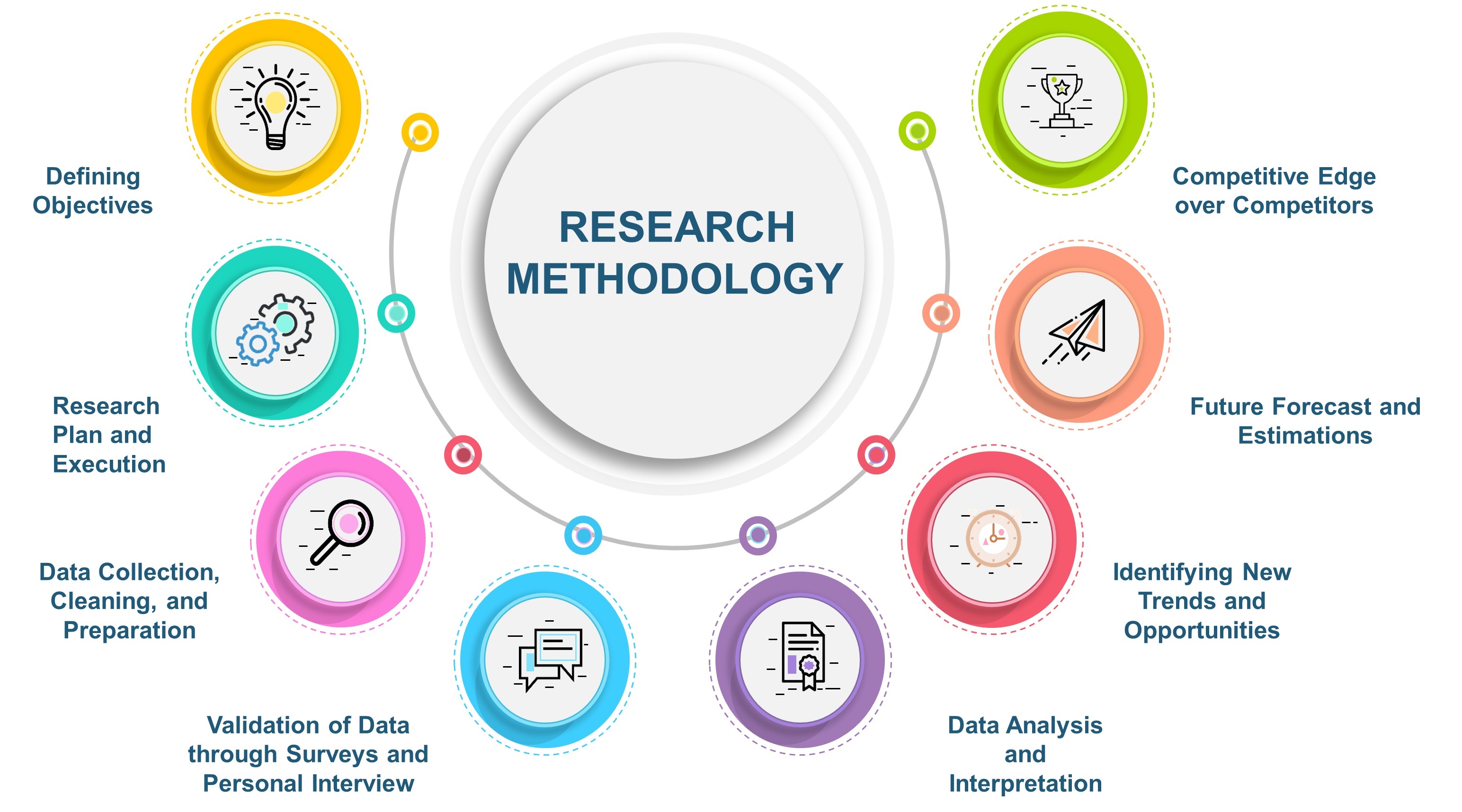
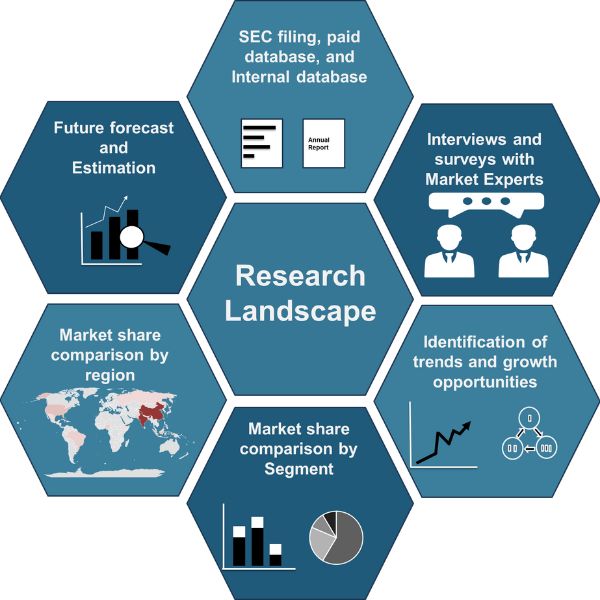
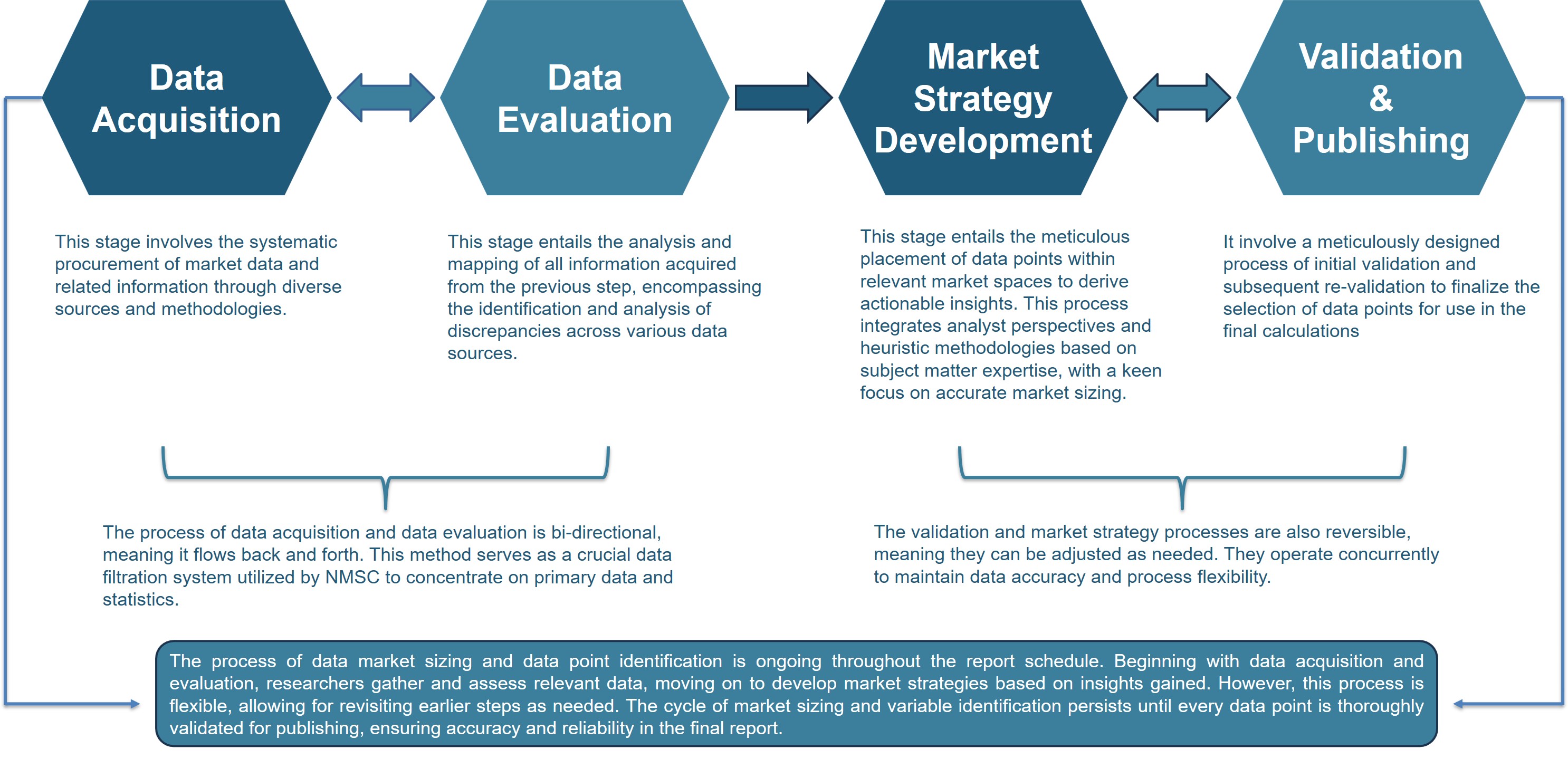




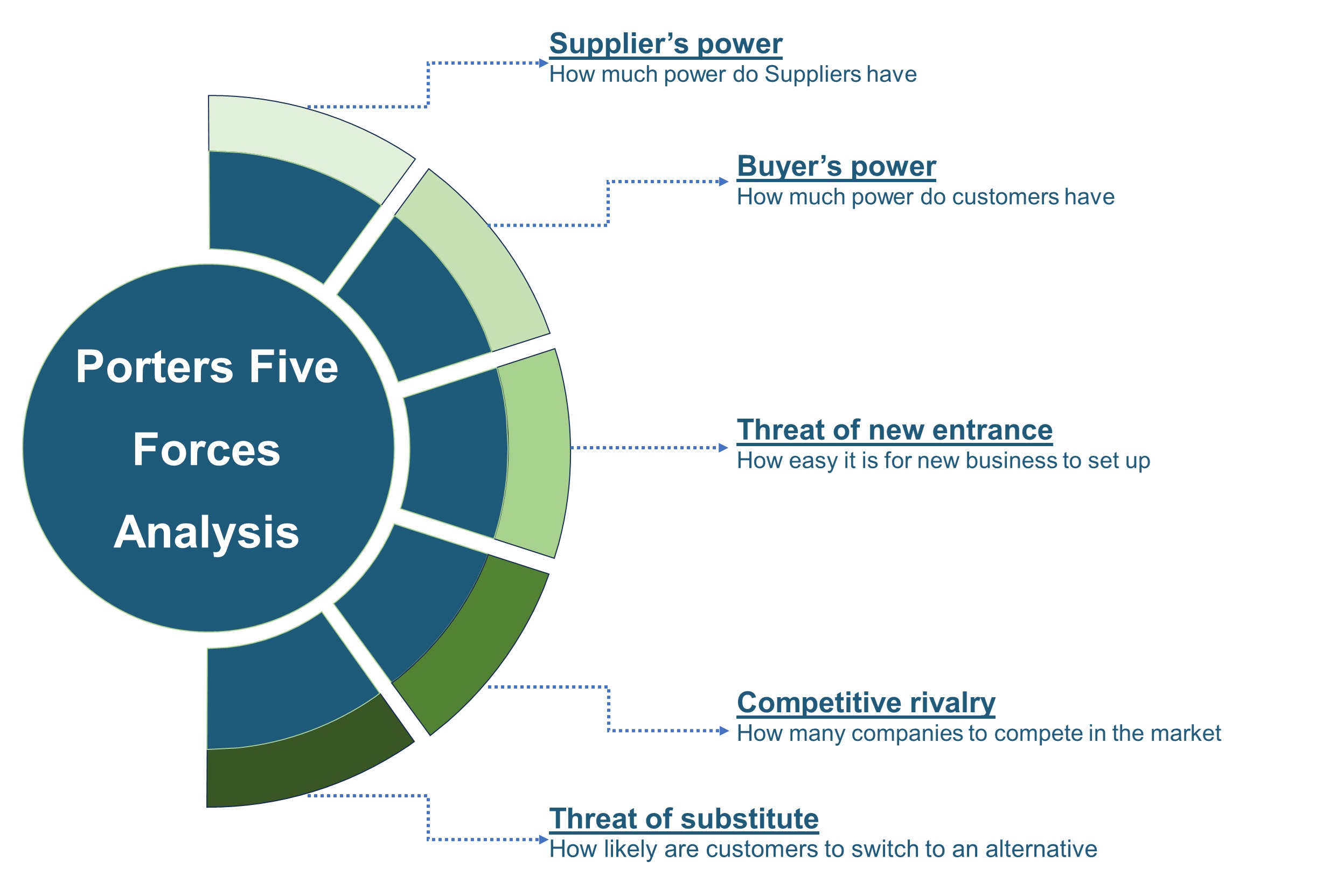


 Speak to Our Analyst
Speak to Our Analyst



